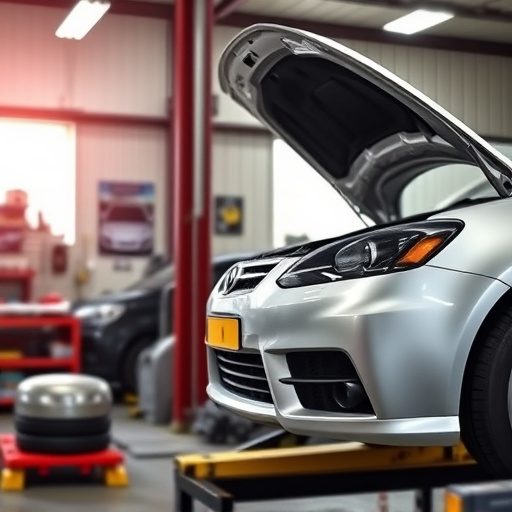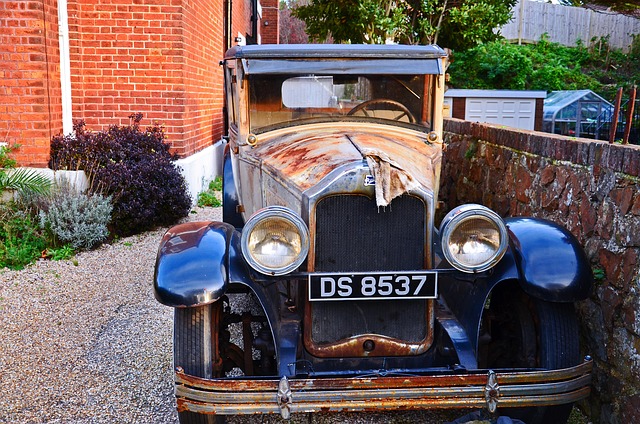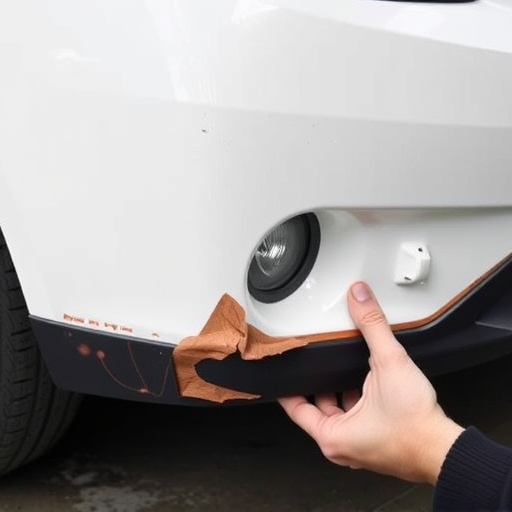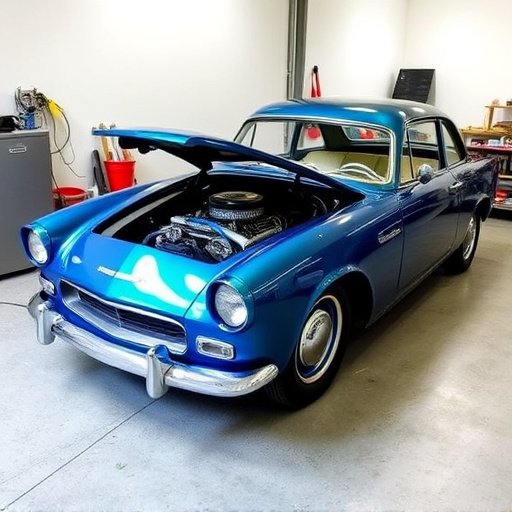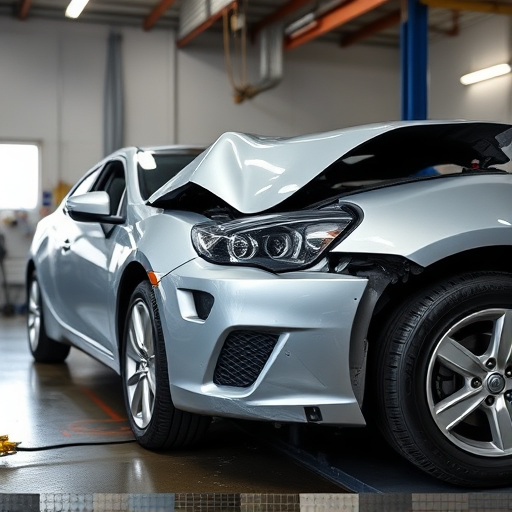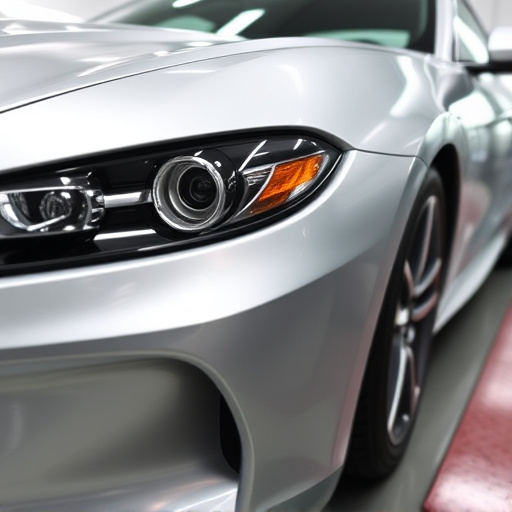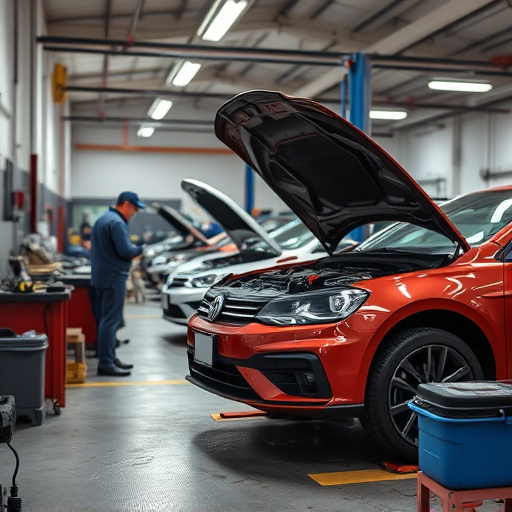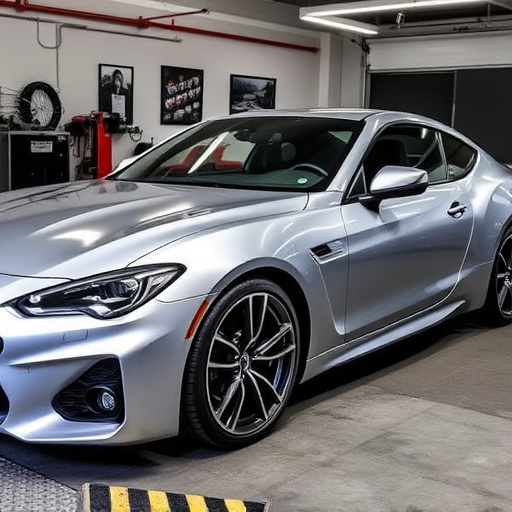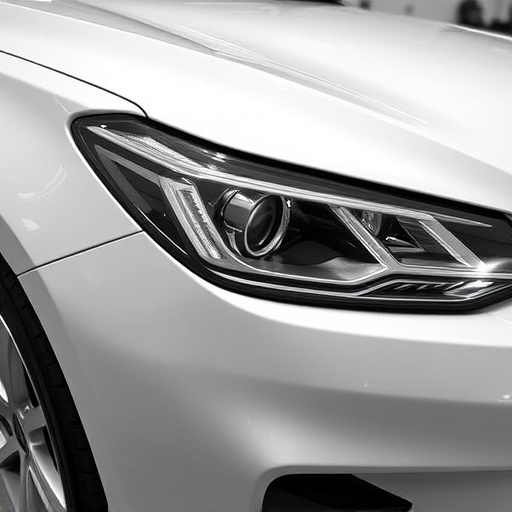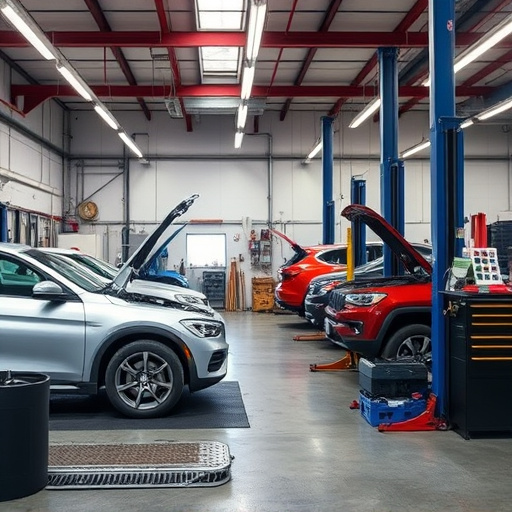Hybrid and electric vehicles (HEVs) pose unique challenges in collision repairs due to their intricate electrical systems, advanced body designs, and limited specialized parts availability, leading to delay concerns. Global supply chain issues further complicate turnaround times. Modern solutions include advanced diagnostic tools and digital workflows for faster, more accurate repairs, minimizing delays and enhancing customer satisfaction.
In today’s evolving automotive landscape, collision repair for hybrid and electric vehicles (HEVs) presents unique challenges. Delays in these repairs can significantly impact service timelines due to specialized components and complex systems. This article explores the specific delay concerns related to HEV collision repair, delving into the challenges of parts availability, as well as innovative solutions that streamline post-collision services. Understanding these factors is crucial for ensuring efficient and effective vehicle restoration.
- Unique Challenges of Hybrid and Electric Vehicle Repairs
- Impact of Parts Availability on Collision Repair Timelines
- Innovative Solutions to Streamline Post-Collision Service
Unique Challenges of Hybrid and Electric Vehicle Repairs
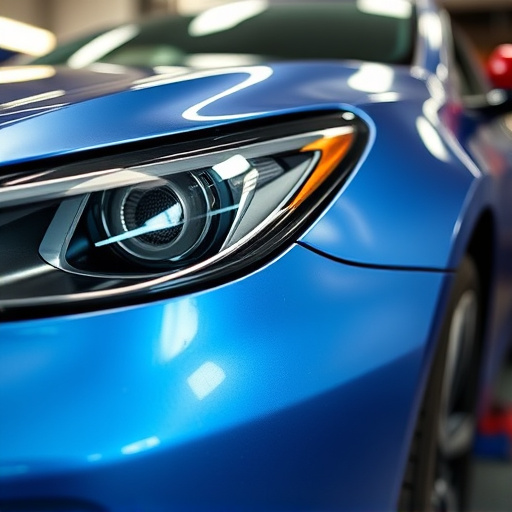
Hybrid and electric vehicles (EVs) present unique challenges when it comes to collision repairs, often causing delay concerns for car owners. Unlike conventional internal combustion engines, EVs have intricate electrical systems and specialized components that require specific handling and expertise to repair accurately. For instance, high-voltage batteries need careful manipulation during the disassembly and reassembly process to ensure safety and prevent short circuits or other hazardous incidents.
These vehicles also incorporate advanced auto painting techniques due to their unique body designs and materials. The precision required for color matching and finish quality is critical, as even minor imperfections can be more noticeable. Moreover, the availability of specialized parts and trained technicians in car body shops might be limited, further complicating the repair process and leading to potential delays.
Impact of Parts Availability on Collision Repair Timelines
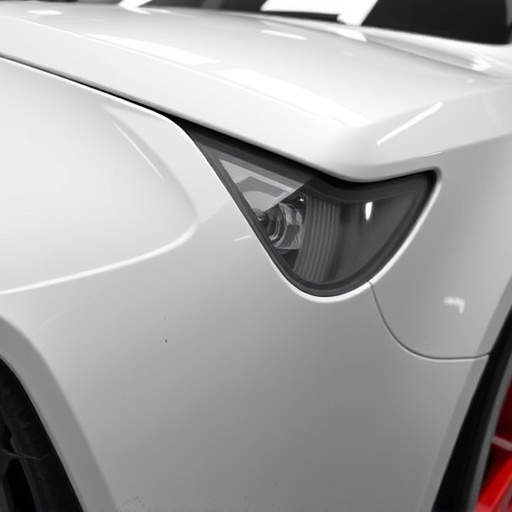
The availability of parts plays a significant role in the timeline for collision repair, particularly for hybrid and electric vehicles (EVs). Unlike conventional cars, these vehicles often require specialized or custom-made parts due to their unique electrical systems, batteries, and hybrid components. This can lead to extended delays in acquiring the necessary parts, as they might not be readily available at local dealerships or suppliers. The global supply chain challenges further exacerbate this issue, especially when dealing with rare or high-demand parts required for specific models and makes.
As a result, collision repair shops for hybrid and electric vehicles may face longer turnaround times, impacting their ability to promptly restore vehicle bodywork to its pre-accident condition. This is a critical aspect of customer satisfaction and service expectations in the automotive restoration process. Efficient inventory management and strong relationships with specialized suppliers become essential strategies for minimizing these delays, ensuring that vehicle repair processes remain streamlined and effective.
Innovative Solutions to Streamline Post-Collision Service
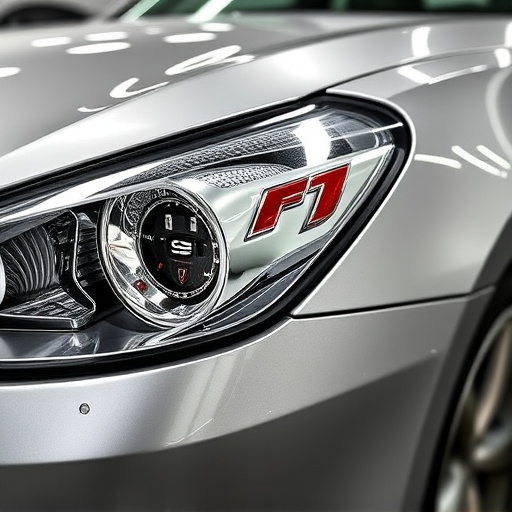
In today’s digital era, the automotive industry is witnessing a rapid evolution, especially with the rise of hybrid and electric vehicles (EVs). Delay concerns collision repair for these advanced vehicles can be mitigated through innovative solutions that streamline post-collision service. One significant advancement is the integration of advanced diagnostic tools that enable auto body repairs and auto glass repair technicians to quickly assess damage, ensuring precise and efficient work.
Additionally, many leading auto collision centers are adopting digital workflows that automate tasks such as insurance claim processing, parts ordering, and scheduling. These technologies not only reduce downtime but also enhance accuracy and customer satisfaction. By leveraging these innovative approaches, collision centers can address delay concerns and provide faster, more effective service for hybrid and electric vehicles, fostering a seamless and modern repair experience.
In light of the above discussions, it’s clear that addressing delay concerns in collision repair for hybrid and electric vehicles is paramount. By understanding the unique challenges posed by these advanced automotive technologies, adopting strategies to mitigate parts availability issues, and embracing innovative solutions, the industry can streamline post-collision service. This not only enhances customer satisfaction but also ensures faster roadworthiness for these eco-friendly vehicles.
